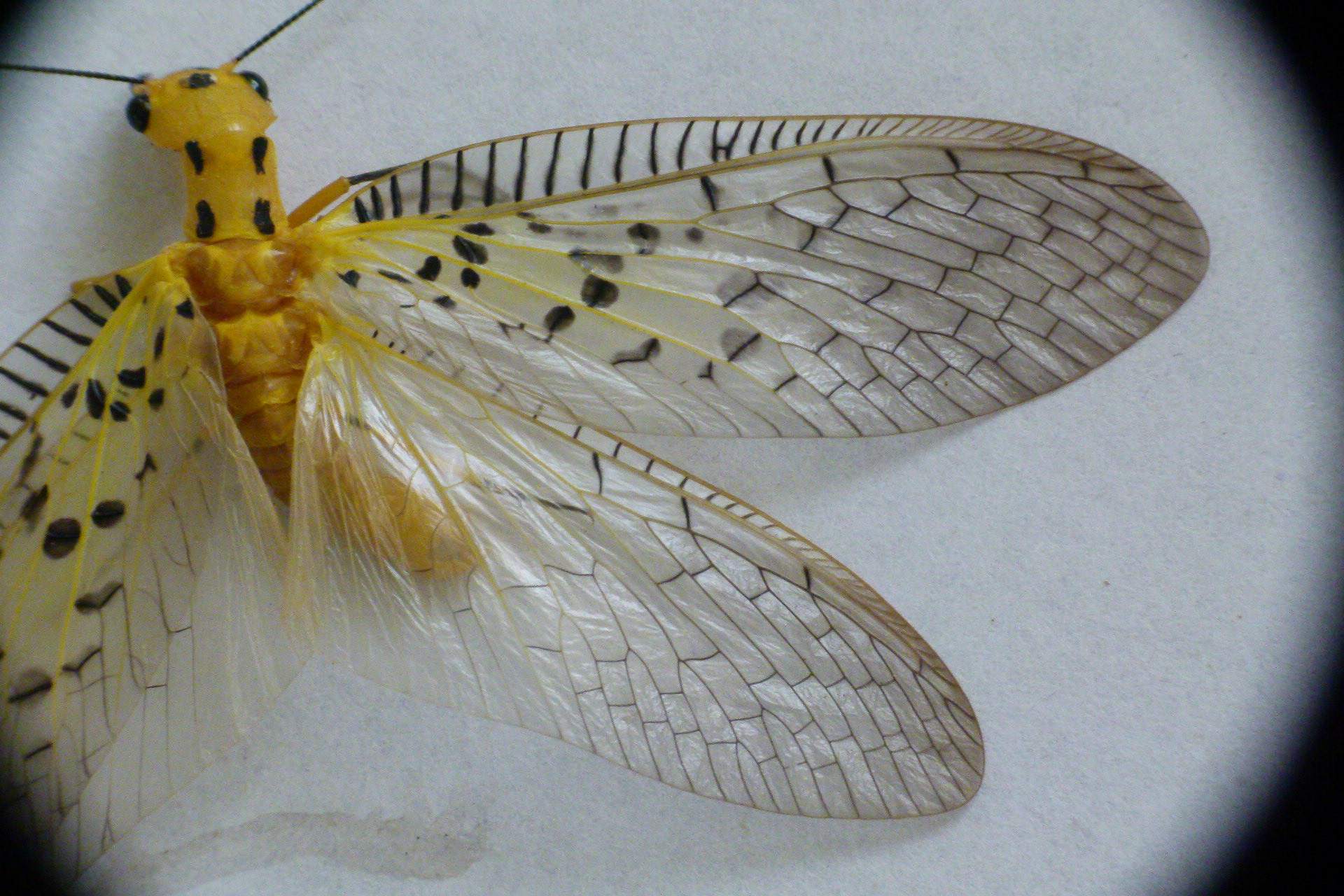|
Nevromus Austroindicus
''Nevromus austroindicus'' is a species of dobsonfly found in the Western Ghats of India. It is one of two species of the family Corydalidae found in southern India, the other being '' Neurhermes maculifera'' (Walker, 1853). It was formally described in 2012 on the basis of specimens from the Karnataka Western Ghats of Kottigehara with some specimens also obtained from near Sampaje Sampaje is a village in the southern state of Karnataka, India. Sampaje, Dakshina Kannada, Karnataka It is located in the Madikeri taluk of Kodagu district in Karnataka. It lies on NH-275 which connects Mangalore city in Dakshina Kannada di .... They are closely related to species found in mainland China. The adult is characterized by the forewings having black spots on the crossveins which are larger than on other species in the genus. The male genitalia have a uniquely shaped tenth gonocoxite. The head and thorax are yellow. The yellow ocelli are found on a region of the head marked by a sma ... [...More Info...] [...Related Items...] OR: [Wikipedia] [Google] [Baidu] |
Corydalidae
The family Corydalidae contains the megalopterous insects known as dobsonflies and fishflies. Making up about one dozen genera,See references in Haaramo (2008) they occur primarily throughout the Northern Hemisphere, both temperate and tropical, and South America. They are sizeable Megaloptera, with a body usually larger than 25 mm (1 inch). They often have long filamentous antennae, though in male fishflies they are characteristically feathered. Ocelli are present; the fourth tarsal segment is cylinder-shaped. The four large wings are translucent, smoky grey, or mixed, and the anterior pair is slightly longer than the posterior one. Their aquatic larvae are used as fish bait and are called hellgrammites. The eastern dobsonfly, ''Corydalus cornutus'', is the most well-known North American species among the dobsonflies. These genera have distinctive elongated mandibles in males and form the subfamily Corydalinae. The genera in which the males have normal mandibles, called ... [...More Info...] [...Related Items...] OR: [Wikipedia] [Google] [Baidu] |
Kottigehara
{{Infobox settlement , name = Kottigehara , other_name = , nickname = , settlement_type = Village , image_skyline = File:Kottigehara 2018.jpg , image_alt = , image_caption = Kottigehara Bus Station , pushpin_map = India Karnataka#India , pushpin_label_position = , pushpin_map_alt = , pushpin_map_caption = Location in Karnataka, India , coordinates = {{coord, 13.121, N, 75.521, E, display=inline,title , subdivision_type = Country , subdivision_name = {{flag, India , subdivision_type1 = State , subdivision_name1 = Karnataka , subdivision_type2 = District , subdivision_name2 = Chikkamagaluru , established_title = , established_date = , founder = , named_for = , government_type = , governing_body = Gram Panchayat , unit_pref ... [...More Info...] [...Related Items...] OR: [Wikipedia] [Google] [Baidu] |
Sampaje
Sampaje is a village in the southern state of Karnataka, India. Sampaje, Dakshina Kannada, Karnataka It is located in the Madikeri taluk of Kodagu district in Karnataka. It lies on NH-275 which connects Mangalore city in Dakshina Kannada district with Madikeri town in Kodagu distrtict. It is a border village in between Kodugu and Dakshina kannada. Demographics India census, Sampaje had a population of 5304 with 2639 males and 2665 females. Education G M P School Sampaje serves the primary education to the pupils. The 'Sampaje Padavi Poorva College' is serving as the major institution providing education up to PUC in Arts. The Administrative Officer Mr. Deviprasad founded the Sampaje High School on 13/6/1966 which later became a college. Agriculture Agriculture is the main occupation of the people. Plantations of rubber, betelnut, coconut, cashew are major source of production. Bee-keeping is also carried out. Bio-diversity Sampaje lies in the Western Ghat region of I ... [...More Info...] [...Related Items...] OR: [Wikipedia] [Google] [Baidu] |
Insects Of India
Insects (from Latin ') are pancrustacean hexapod invertebrates of the class Insecta. They are the largest group within the arthropod phylum. Insects have a chitinous exoskeleton, a three-part body (head, thorax and abdomen), three pairs of jointed legs, compound eyes and one pair of antennae. Their blood is not totally contained in vessels; some circulates in an open cavity known as the haemocoel. Insects are the most diverse group of animals; they include more than a million described species and represent more than half of all known living organisms. The total number of extant species is estimated at between six and ten million; In: potentially over 90% of the animal life forms on Earth are insects. Insects may be found in nearly all environments, although only a small number of species reside in the oceans, which are dominated by another arthropod group, crustaceans, which recent research has indicated insects are nested within. Nearly all insects hatch from eggs. Insect ... [...More Info...] [...Related Items...] OR: [Wikipedia] [Google] [Baidu] |


